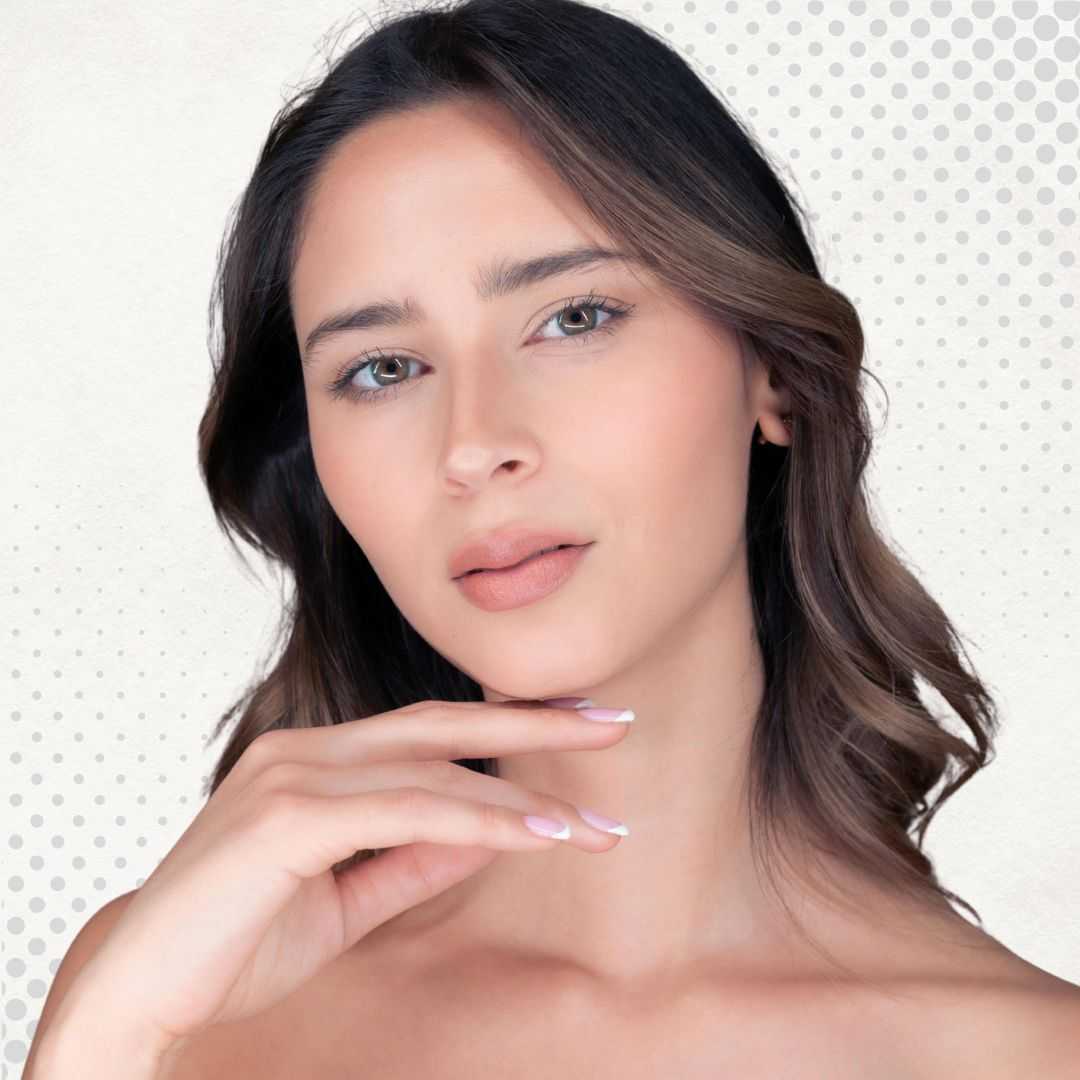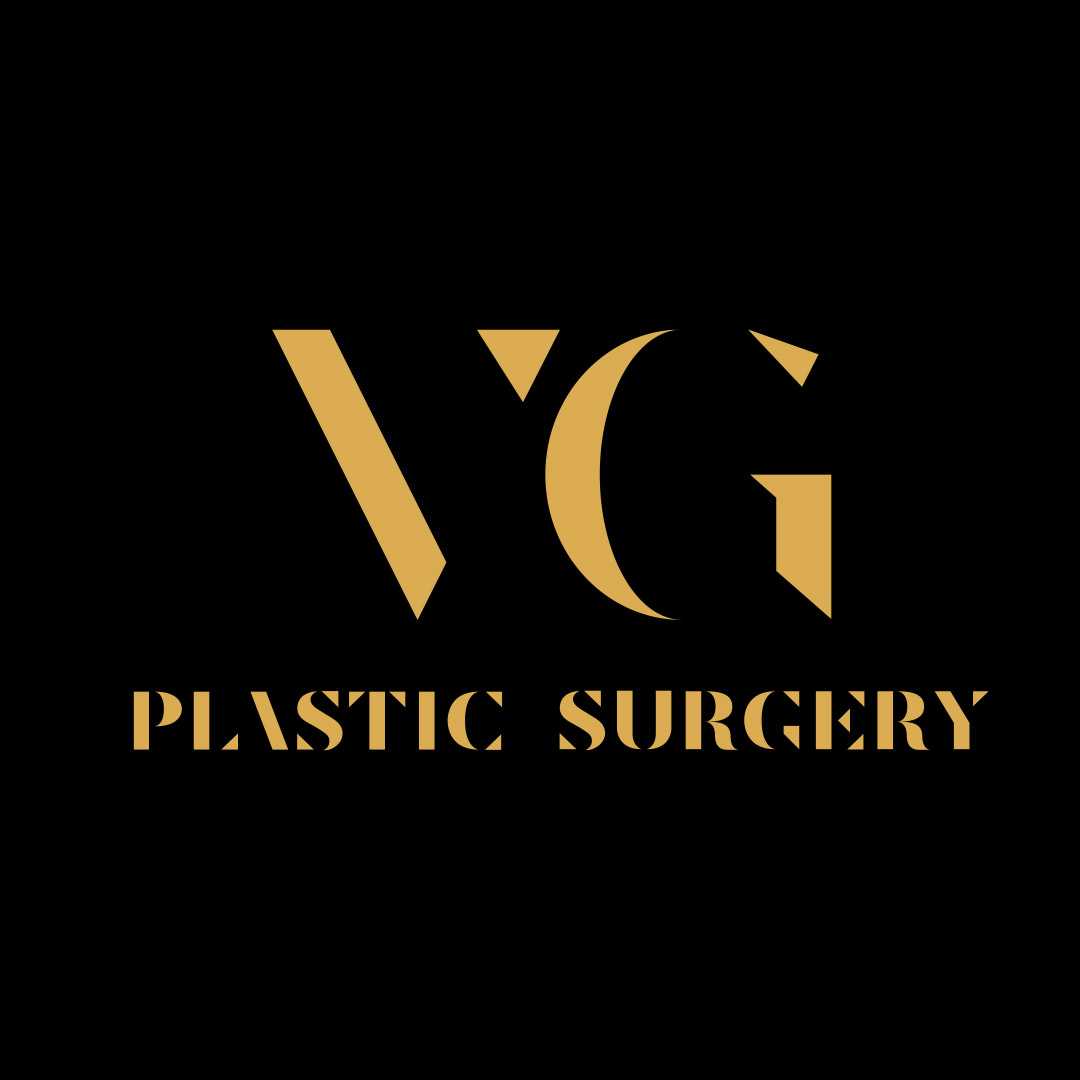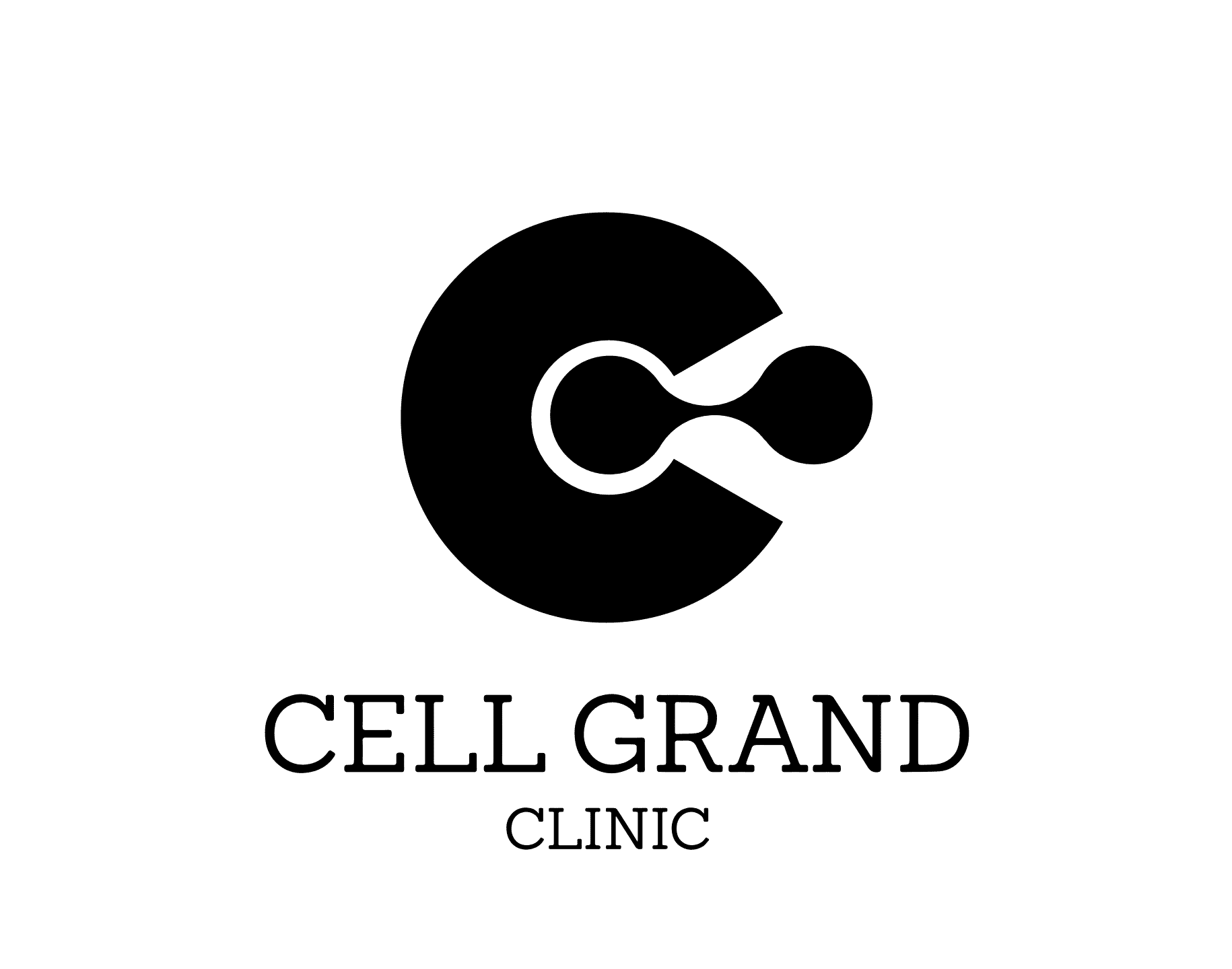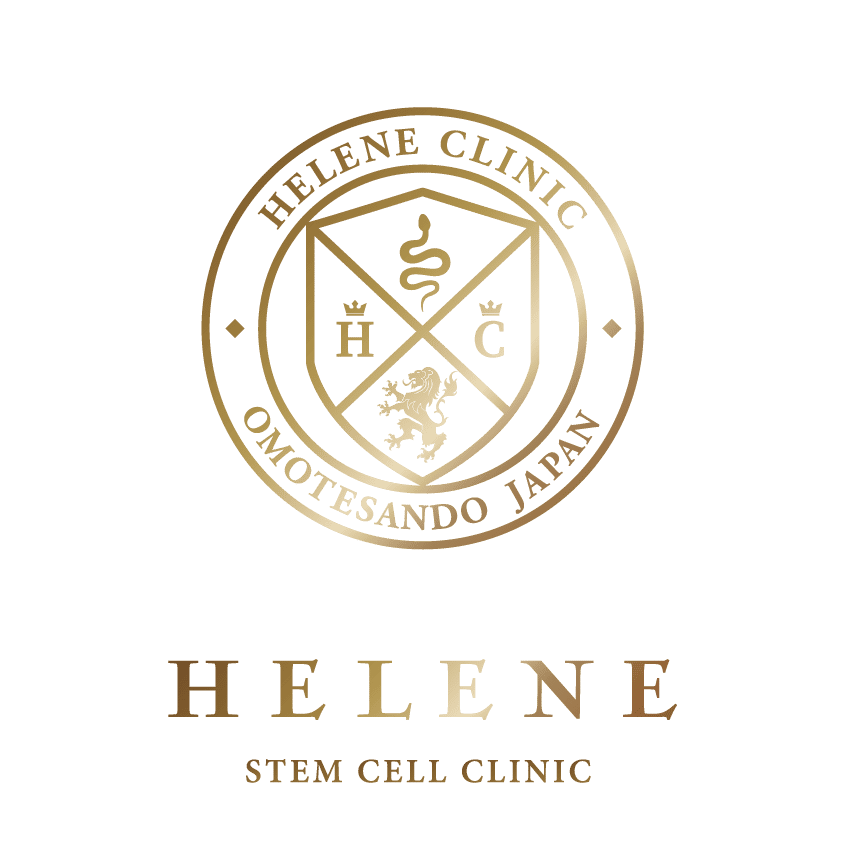Key Takeaways
Patients seeking advanced recovery options can access high-dose, cultured stem cell therapies in Japan that are often unavailable in the West due to strict regulatory differences.
-
Japan’s unique "Act on the Safety of Regenerative Medicine" allows for the legal use of cultured adipose-derived stem cells, offering cell counts of 100 million+ for superior tissue repair.
-
Treatment typically requires two visits: one for harvesting fat tissue and a second visit 3-5 weeks later for the injection of expanded cells.
-
Stem cell therapy for sports injuries in Japan costs between $6,500 and $15,000 on average, depending on the complexity and cell count.
Estimated Package Costs by Destination:
-
Japan (Cultured High-Dose Cells): $6,500 – $15,000
-
Mexico (Non-Cultured/Same Day): $3,500 – $8,000
-
United States (Bone Marrow Concentrate/Uncultured): $8,000 – $25,000
-
Turkey (All-Inclusive Packages): $2,500 – $7,000
-
South Korea (Advanced Stem Cell Support): $5,000 – $10,000
-
Meniscus Repair in Tokyo: $7,000 – $12,000
-
ACL Regeneration Support: $8,000 – $14,000
What Makes Sports Trauma Stem Cell Therapy in Japan Unique?
Japan stands apart as a global leader in regenerative medicine due to government-sanctioned cellular expansion technologies that allow clinics to administer potent doses of hundreds of millions of stem cells.
While many countries offer stem cell therapy for sports injuries, Japan is distinct because of its regulatory environment. Under the Act on the Safety of Regenerative Medicine (ASRM), clinics with specific government certification are legally permitted to "culture" (grow and multiply) your stem cells in a lab before re-injecting them.
In the United States, the FDA generally restricts this culturing process, viewing expanded cells as a drug. This means US treatments are often limited to "same-day" procedures using fewer cells (stem cell concentration). In contrast, a regenerative medicine clinic in Tokyo Japan can harvest a small amount of fat, send it to a Cell Processing Center (CPC), and expand the mesenchymal stem cells (MSCs) from a few thousand to over 100 million. For an athlete suffering from a chronic rotator cuff tear or a meniscus injury, this massive increase in cell volume provides a significantly more potent biological signal for healing.
The "Cultured" Difference for Athletes
-
High Potency: 100M+ cells vs. ~50k-100k in standard same-day US procedures.
-
Targeted Repair: Higher cell counts are crucial for larger joints (knee, hip) or avascular tissues like the meniscus.
-
Stored for Later: Many Japanese clinics offer "cell banking," allowing athletes to store younger cells for future injuries.
Did You Know? Japan fast-tracked the approval of regenerative medicines, meaning therapies that might take another decade to reach the US market are already available and regulated in Japan.
Treatable Sports Injuries and Success Rates
Regenerative medicine in Japan is highly effective for soft tissue injuries common in athletics, specifically those involving tendons, ligaments, and cartilage that have poor natural blood supply.
Japanese clinics focus heavily on orthopedic conditions where traditional surgery is the only other option. The goal of stem cell treatment for sports trauma in Japan is often to regenerate tissue to a point where surgery is no longer necessary, or to accelerate recovery post-surgery.
Knee Injuries (Meniscus & ACL)
The knee is the most common target for stem cell therapy for knee injury Japan cost effective packages.
-
Meniscus Tears: The meniscus has very poor blood flow. High-dose cultured MSCs injected directly into the joint can stimulate regeneration in the "white zone" of the meniscus where natural healing rarely occurs.
-
ACL Tears: For partial tears, stem cells can bridge the gap in fibers. For complete tears, stem cells are often used as a "bio-boost" alongside reconstruction surgery to speed up graft integration by 30-50%.
Shoulder Injuries (Rotator Cuff)
Rotator cuff tears are notoriously difficult to heal. Stem cell treatment for rotator cuff tear Japan protocols often involve ultrasound-guided injections of expanded cells directly into the supraspinatus tendon. Studies suggest this can regenerate tendon fiber integrity and prevent the re-tears common after surgical repair.
Elbow and Tendonitis
-
Tennis/Golfer's Elbow: Chronic micro-tears in the tendon can be reversed.
-
Achilles Tendonitis: Reducing inflammation and promoting collagen realignment.
|
Injury Type |
Conventional Treatment Recovery |
Stem Cell Therapy Recovery Potential |
|---|---|---|
|
ACL Reconstruction |
9-12 Months |
4-6 Months (Partial Tear) |
|
Meniscus Repair |
3-6 Months |
6-12 Weeks |
|
Rotator Cuff Surgery |
6-8 Months |
3-4 Months |
|
Tennis Elbow |
Chronic/Recurring |
6-8 Weeks |
Cost of Stem Cell Therapy for Sports Injuries in Japan
The cost of stem cell therapy in Japan typically ranges from $6,500 to $15,000, reflecting the high costs of laboratory cell culturing and strict government safety inspections.
When budgeting for medical tourism in Japan for stem cells, it is vital to understand that you are paying for a biotechnical product, not just a doctor's visit. The laboratory expansion process takes 3-5 weeks and involves rigorous sterility and potency testing mandated by the Ministry of Health.
Detailed Cost Breakdown by Procedure
|
Procedure Category |
Estimated Cost (USD) |
What's Included |
|---|---|---|
|
Knee/Joint Injection (1 Joint) |
$6,500 - $8,500 |
Consult, Fat Harvest, Culturing (50M-100M cells), Injection, Local Anesthesia. |
|
Bilateral Knee Treatment |
$10,000 - $14,000 |
Treatment for both knees with high-dose cultured cells (200M+ total). |
|
Systemic IV Infusion (Athlete Recovery) |
$12,000 - $20,000 |
High-volume IV stem cells for generalized inflammation and systemic repair. |
|
Spinal Cord Injury Protocol |
$15,000 - $30,000+ |
Complex intrathecal injections, typically requiring multiple sessions. |
|
Cell Banking (Annual Fee) |
$1,000 - $2,000 |
Cryogenic storage of your stem cells for future use. |
How It Compares Globally
-
Vs. USA: You pay 30-50% less in Japan for a treatment (cultured cells) that is arguably 100x more potent than the uncultured bone marrow concentrate procedures available in the US for $10k-$20k.
-
Vs. Mexico: Mexico is cheaper ($3.5k-$8k), but typically offers same-day isolation or allogeneic (donor) cells. Japan focuses on autologous cultured cells, considered the "gold standard" for safety and compatibility.
Expert Insight: "In Japan, you aren't just paying for the injection; you are paying for 4 weeks of laboratory work to turn your fat tissue into a 'super-dose' of healing cells."
Procedure and Patient Journey
The process in Japan is distinct because it usually requires two separate trips or an extended stay, split by a 3-to-4 week cell cultivation period.
Unlike "lunchtime" procedures elsewhere, regenerative medicine for athletes in Tokyo is a multi-step biological engineering process.
Step 1: Initial Consultation & Harvesting (Visit 1)
-
Duration: 1 Day.
-
The Procedure: A mini-liposuction is performed under local anesthesia to harvest a small amount of adipose (fat) tissue, usually from the abdomen.
-
Screening: Blood tests are done to ensure safety (checking for HIV, Hepatitis, etc.).
-
The Lab Work: You go home (or explore Japan). Your fat is sent to a certified Cell Processing Center. Over the next 3-4 weeks, technicians isolate the stem cells and feed them growth factors, causing them to multiply into millions.
Step 2: The Cultivation Period
-
Duration: 3-5 Weeks.
-
Activity: You are not required to be in Japan during this time. Many patients return home and fly back for the second visit.
-
Quality Check: The cells are tested for sterility and viability before they are released for use.
Step 3: Injection & Treatment (Visit 2)
-
Duration: 1 Day.
-
The Procedure: You return to the clinic. The concentrated, high-dose cells are injected directly into the injured area (intra-articular) or via IV for systemic recovery.
-
No Downtime: Most patients walk out of the clinic the same day.
LSI Keyword Tip: When searching for clinics, look for those who mention a "Class II Regenerative Medicine" license, which covers these specific orthopaedic stem cell procedures.
Safety, Risks, and Regulations
Japan has the world's most comprehensive legal framework for regenerative medicine, minimizing risks of contamination and ensuring high ethical standards.
The Act on the Safety of Regenerative Medicine (ASRM) classifies treatments into three classes based on risk. Sports injury treatments using adipose-derived cells generally fall under Class II.
Key Safety Protocols
-
Certified Clinics Only: Clinics must submit a detailed treatment plan to a specific committee for approval before they can offer therapy.
-
Traceability: Every sample is tracked from harvest to re-injection to ensure no mix-ups.
-
Infection Control: Strict sterility requirements for Cell Processing Centers reduce infection risk to near zero (less than 0.1%).
Potential Risks
While the cells are your own (autologous), reducing rejection risk, there are minor risks:
-
Joint Swelling: A "flare-up" response in the joint is common for 24-48 hours as the cells initiate a healing cascade.
-
Injection Site Pain: Mild soreness from the needle.
-
Cost Risk: There is no guarantee of 100% efficacy; biological responses vary by individual.
Alternatives to Stem Cell Therapy
If stem cell therapy is not viable due to cost or candidacy, Japan offers other advanced regenerative options like PRP and APS.
Platelet-Rich Plasma (PRP)
PRP therapy in Japan is widely available and often used for less severe injuries. It involves spinning your blood to concentrate platelets.
-
Pros: Cheaper ($500 - $1,500), single visit, good for mild tendonitis.
-
Cons: Less potent than stem cells; does not have the same regenerative capacity for cartilage.
APS (Autologous Protein Solution)
Often called "Super PRP," this filters the blood further to concentrate anti-inflammatory proteins specifically for osteoarthritis.
Hyaluronic Acid (HA)
A lubricant injection often used to manage pain, though it does not repair tissue.
Preparing for Your Medical Trip
Preparation involves gathering MRI records, arranging two separate travel itineraries, and coordinating with international patient liaisons.
To ensure a smooth experience when seeking sports trauma stem cell therapy Japan, follow this checklist:
-
Medical Records: Have your recent MRI or X-ray reports translated into English (or Japanese).
-
Visa Check: Verify if your country requires a medical visa or if a tourist visa suffices for the procedure.
-
Schedule the Gap: Plan for the 3-5 week gap between harvest and injection.
-
Stop NSAIDs: You will likely need to stop taking anti-inflammatory meds (Ibuprofen, etc.) for 1-2 weeks before the procedure, as they can inhibit stem cell function.
-
Hydration: Stay well-hydrated before the harvest to improve cell yield.
PlacidWay can assist in coordinating these logistics, bridging the language gap, and ensuring you are booking with a government-licensed facility.
Comparison: Why Choose Japan Over Others?
|
Feature |
Japan |
USA |
Mexico/Turkey |
|---|---|---|---|
|
Cell Type |
Cultured Autologous (High Dose) |
Uncultured Autologous (Low Dose) |
Mixed (Autologous & Allogeneic) |
|
Regulation |
Strict National Law (ASRM) |
Strict FDA (Limits technology) |
Varies (Clinics vary in quality) |
|
Cell Count |
100 Million+ |
~50,000 - 100,000 |
Variable |
|
Cost |
Mid-High ($6.5k - $15k) |
High ($10k - $25k) |
Low ($3k - $8k) |
|
Technology |
Advanced Cell Processing Centers |
Bedside Centrifuge |
Varies |
Frequently Asked Questions (FAQ)
Is stem cell therapy legal in Japan for sports injuries?
Yes, it is fully legal and regulated under the Act on the Safety of Regenerative Medicine. Clinics must hold a specific license to perform these procedures, ensuring high safety standards for patients.
How many stem cells are injected in a Japanese knee procedure?
Because Japanese law allows for cell culture, patients typically receive between 50 million to 200 million cells per treatment. This is significantly higher than the uncultured "same-day" treatments common in the US.
Can stem cells heal a completely torn ACL?
Stem cells alone usually cannot reconnect a fully severed ACL (Grade 3 tear) because the ligament ends retract. However, stem cell therapy for ACL tear Japan is often used effectively for partial tears or as a surgical adjunct to speed up healing after reconstruction.
Do I need to stay in Japan for the whole month of culturing?
No. Most international patients fly in for the harvest (Day 1), fly home, and then return 3-5 weeks later for the injection (Day 2). Some clinics may offer storage options to delay the second visit if needed.
Is stem cell therapy covered by insurance in Japan?
Generally, no. These are considered advanced medical treatments and are usually paid out-of-pocket, even for Japanese citizens. International patients should expect to pay privately.
What is the success rate for stem cell therapy for meniscus tears?
While individual results vary, clinical data from top Tokyo regenerative medicine clinics suggests that 70-80% of patients report significant pain reduction and improved function within 3-6 months post-treatment.
Why is Japan considered better than the US for stem cells?
The key difference is the "culture" process. The US FDA prohibits expanding cells for routine orthopedic use, limiting potency. Japan's regulations encourage this expansion, allowing for much stronger, more effective dosages.
Ready to Restore Your Performance?
Don't let a sports injury end your active lifestyle. Japan offers a unique opportunity to access world-class, government-regulated stem cell technology that is years ahead of what is available in many Western nations.
PlacidWay partners with Japan's top-rated, Ministry-approved clinics to bring you safe, high-dose regenerative therapies. We help you navigate the language barrier, compare quotes, and arrange your medical journey seamlessly.
-
Get a Free Quote: Compare prices for stem cell therapy for sports trauma in Japan.
-
Talk to an Expert: Our medical coordination team can help you understand your candidacy.
-
Plan Your Trip: Full support for medical visas and travel logistics.



.png)




.jpg)

.png)
.png)





Share this listing